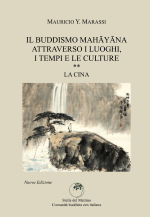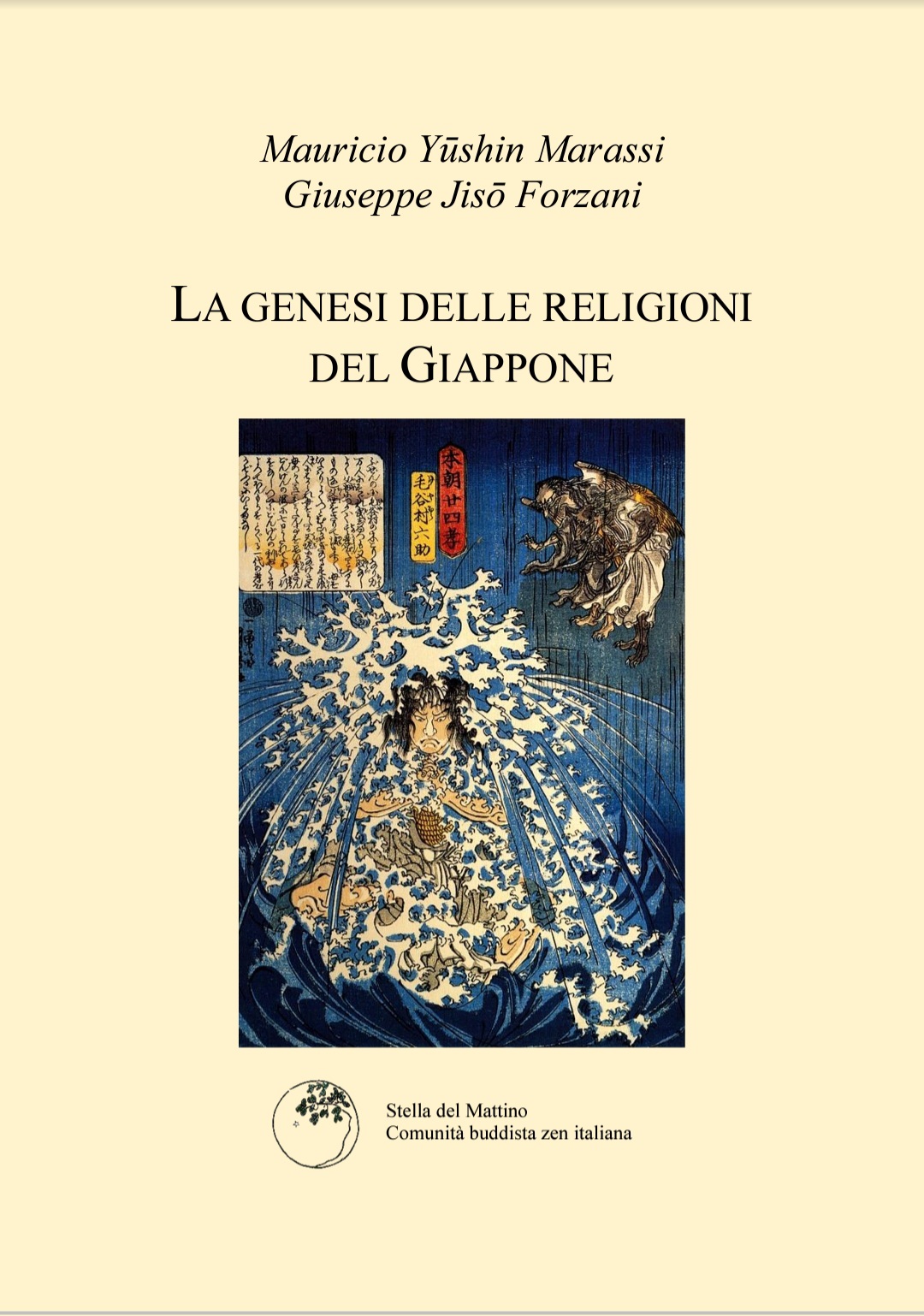As the new director of the European Office of Sōtō Zen, with Headquarters in Paris starting from Nov. 1, 2009, I wish first of all to thank my predecessor, Imamura Genshū rōshi, for the outstanding job he has done during the five years he has held this position. Thanks to his hard work and that of his closest associates, many of the institutional and organizational problems that had long affected our relations with the Japanese Sōtō Zen Head Office have been settled. Imamura rōshi’s coming to term with the realization that his role was to provide a service to the common good and not to try to impose his own views is for me a very valuable human and religious lesson.
This is the trail I intend to follow. To me, the job of the director of this office is not a function that follows from, or overlaps with, my religious practice, and, even less so, the final or intermediate stage in an improbable career in the Sōtō Zen hierarchy. It is the form that my being a disciple of the way of Buddha takes up in these circumstances. To carry out well my new duties, I am convinced that I must take it simply as an opportunity to follow, learn, and bring witness to the Buddhadharma precisely as each and every one of the persons of the Way does in the concrete circumstances of his or her daily life.
The European civilization, which has been the source of inspiration for the whole of the Western civilization that has now become the dominant world culture, is undergoing an identity crisis of immense spiritual, cultural and social consequences, a crisis that affects individuals and communities and may have disastrous effects over the long term. In this context, it is absolutely indispensable to ask ourselves once again and in all earnest which can be the meaning of Buddhism in Europe — and in the whole world — and which is the task it should perform. We must ask what kind of Buddhism is right for whom and why in today’s Europe. In other words, which Buddhism is appropriate for the European reality.
To be sure, in our case, the reply to this question cannot be but this: it is the Buddhism of Śākyamuni Buddha, rightly transmitted, rightly received and rightly witnessed by the Patriarchs Dōgen zenji and Keizan zenji in the line of the Sōtō Zen tradition.
But this reply should not be a stale formula that denotes our religious affiliation nor can it be only an expression of observance to shared canonical rules considered as the mark of our self identification as Buddhists.
Institutional rules are useful only to the extent that they encourage us to keep searching and to keep advancing on our path. They are useful if they are means to an end, not the end and the progress in themselves.
In view of this, the reply is valid only if it does not close off the question but formulates it again and again in a way that is relevant for today’s world.
Which is the vibrant meaning of Buddha’s teachings in today’s Europe and in the life of each of us, if we want to follow the inspiration and example of Dōgen zenji? This question, if we keep asking it, is what sustains us in our daily activities, and what generates the new forms that Buddhism must take in Europe today and will take in the future. We must not give in to the temptation – so enticing a temptation – to assume once for all a form that is right by definition.
The right transmission in our tradition is not the transmission of the right form. If any, the right form is the right transmission, the position of our daily zazen, which is the steadfast form of boundless openness and of the pledge to learn each one of the infinite ways that lead to the gate of dharma.
The time of a replacement is also a time to start again. It is a time to keep pushing ahead on the road opened by those who preceded us and at the same time an opportunity for renewal. In particular, the appointment of a non Japanese Sōkan is a true novelty, not only for the person who has the opportunity to fill this post, but for everyone, because it is a historic sign of the openness of the Japanese institution towards the European and international reality. One of the implications of this novelty is the possibility of a different type and level of communication between the person who holds that position, and those who are in relation with the European Office. The language barrier is partly overcome, the filter that can give rise to different interpretations can be done away with, there is a shared cultural background.
I believe that my mandate consists mainly in listening to the requests that come from the persons that devote their lives to Buddha while accepting the teachings transmitted through the Sōtō Zen tradition. I will be there for everybody in accordance to the requests for intervention that I receive, and I will essay to cooperate with, and help those who will ask for my help, according to the rules and forms prescribed and allowed for by the Sōtōshū and by our office.
In addition, I feel engaged to look for ways to confront, interact and dialogue with the European cultural, spiritual and religious reality.
This reality is complex, chequered and contradictory. While it contains strong and evident unifying forces, its diversity is also its, perhaps perilous, risky richness. Buddhism in Europe cannot be a bonsai placed on the European humus looking Eastward. Nor can it be the europeization of the oriental – in our case Japanese – Buddhism. Its history may seem long if one compares it to a human life, but is very short, indeed just started, if one looks at it from the point of view of Buddhism as a whole. It must find its own form, without hoping for hasty results, and without giving in – it is worth repeating – to the alluring temptation of trying to erase differences that are there and to force them into one single mould, as if it were possible to find one form that is right for everyone. This attitude is harmful in a cultural context, and very noxious in a religious one, because it tends to brew a sort of fondamentalism, the conviction that there is a pure, original form out there which a selected group of wardens must care to keep immutable, by making sure that the practice never veers away from it and bringing it back to this form after any, even minor, deviation.
In today’s world, it is clearly evident that many desires to closet oneself behind a safe wall to chase away the fear of losing themselves into the sea of diversity.As always, to tread the path set out by the Middle Way, one must avoid both extremes: one must neither take a particular form as the perfect model out there for one to imitate, forgetting that each and every form is only a transitory collation of elements in endless mutation, nor regard all forms as if they were identical one to the other, forgetting that the endless search for and practice of the right form is the only possible realization of the ideal of salvation
My hope is that we all will remain committed to witnessing the deep sense of the lively and emancipating presence of the Sōtō Zen buddhism in Europe.
Jiso Giuseppe Forzani
(Translated in to English by Mr. Carlo Geneletti)
Se volete, lasciate un commento.
You must be logged in to post a comment.







